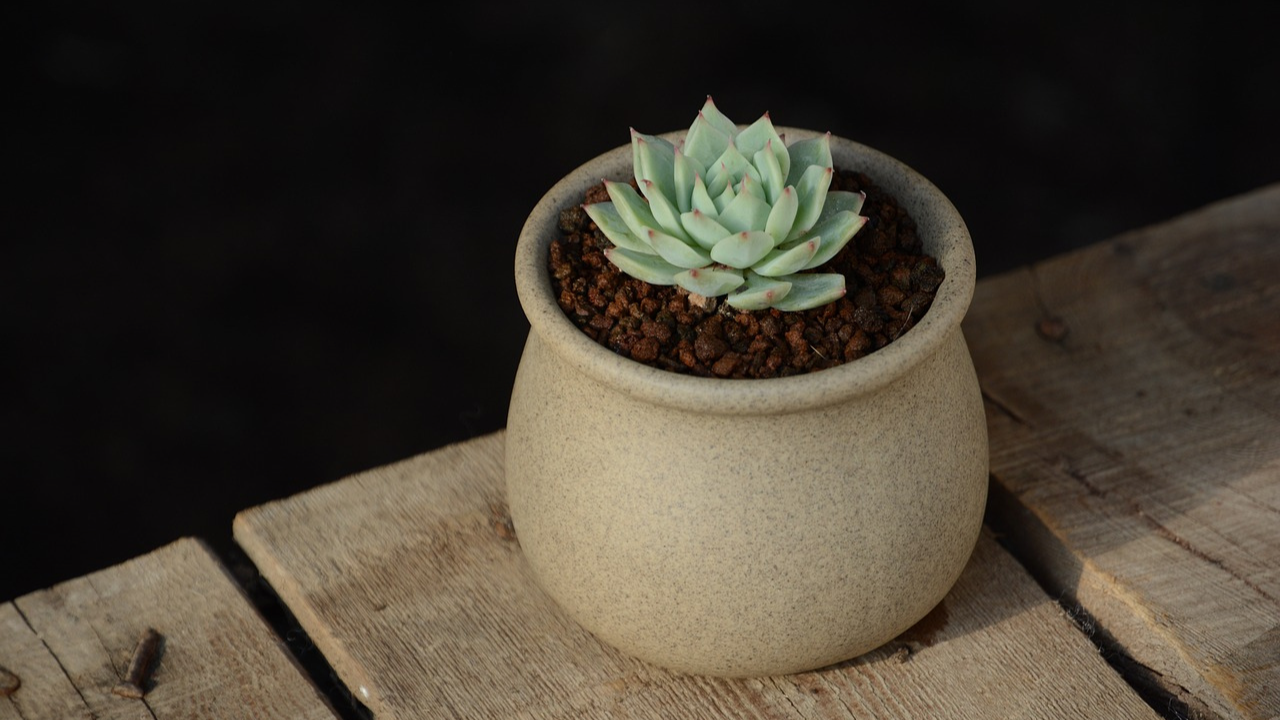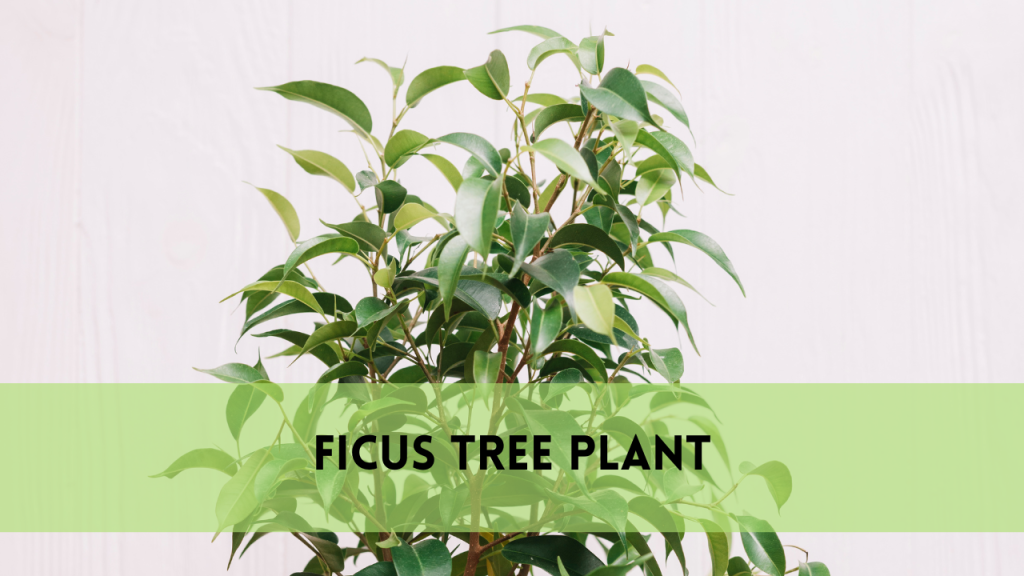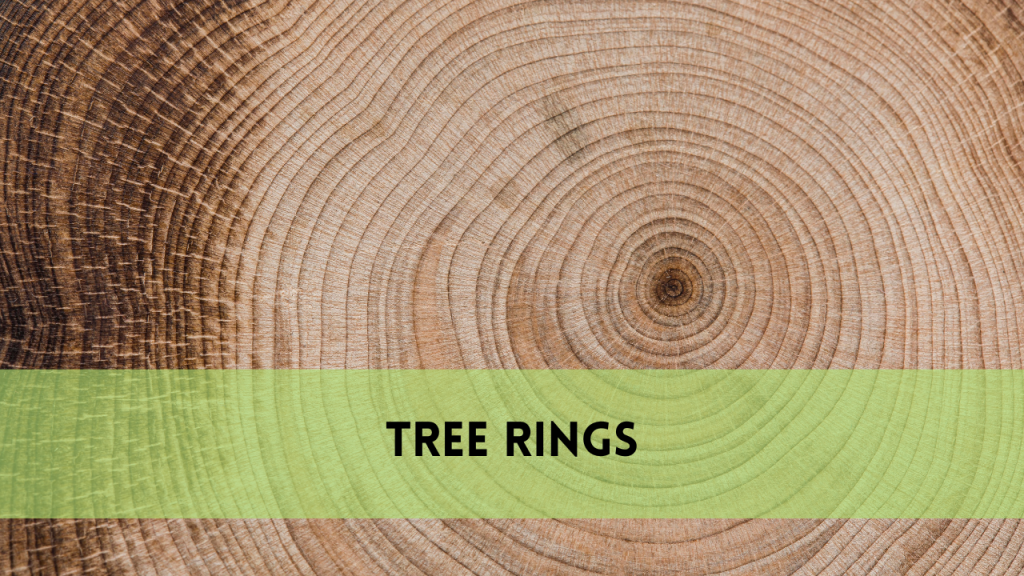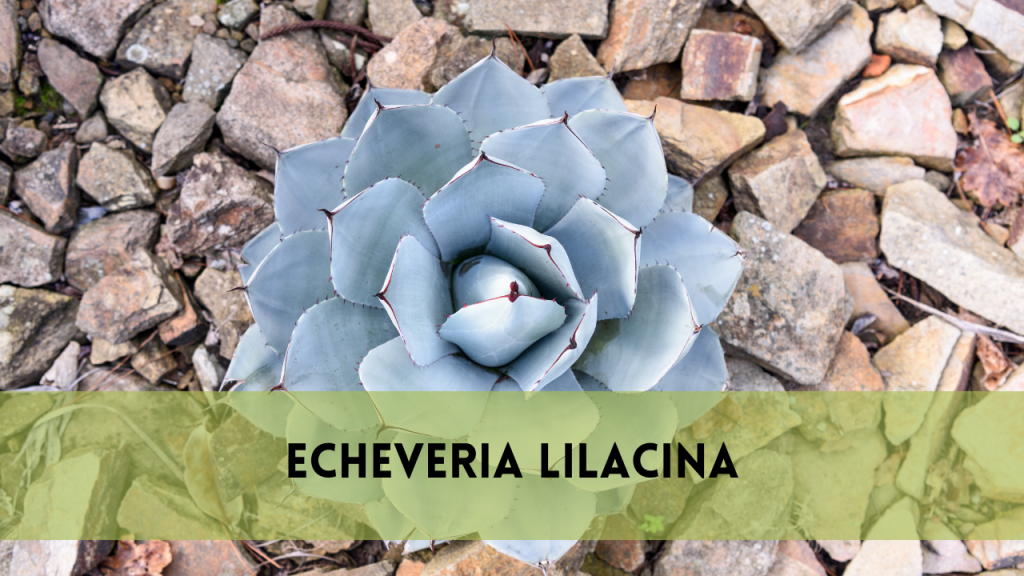Echeveria chihuahuaensis, a stunningly beautiful succulent, has won the hearts of many plant lovers around the globe. This plant, with its rosette-shaped leaves and pinkish tips, is an absolute gem for any succulent collection.
Echeveria chihuahuaensis will be a great addition to your garden, whether you are a novice or an experienced gardener. This article will guide you through the origins of this succulent, its care requirements, propagation techniques, and any common problems.
Echeveria Chihuahuaensis: Origins and Characteristics
Echeveria chihuahuaensis, as its name suggests, is a species that originates from the semi-arid region of mexico. It is a member of the Crassulaceae and has many similarities to Echeveria colorota. However, it tends to be more compact and has thicker leaves.
This succulent’s defining characteristic is its tightly arranged rosette, which can reach a diameter of four to six inches. The leaves of this succulent are fleshy and thick. They’re also covered with a powdery coating called farina that protects them against harsh sunlight.
Echeveria chihuahuaensis’s seasonal transformation is one of its most captivating features. In cooler months, it’s tips take on a pinkish hue that enhances it’s appeal. This succulent blooms with delicate bell-shaped flowers that are pink or coral in color. They appear on thin stalks above the foliage.
Echeveria Chihuahuaensis: How To Care for It
Care for Echeveria Chihuahuaensis can be relatively easy, provided you mimic the native environment. It will remain healthy and vibrant if you provide the right amount of sunlight, soil and water.
Sunlight Requirements
Echeveria Chihuahuaensis grows best in indirect, bright sunlight. For its vibrant colors and compact form, it needs at least six hours daily of direct sunlight. It is best to grow it indoors near a window that faces south or east. A lack of light can cause the plant’s growth to be leggy, and it may lose its signature rosette form.
Soil and Potting mix
Echeveria Chihuahuaensis, like most succulents, requires a well-draining soil in order to avoid root rot. You can improve drainage by adding coarse sand or perlite to a cactus mix. Choose a pot with drainage holes that will allow excess water to drain, thus reducing the chance of overwatering.
Watering Routine
Echeveria Chihuahuaensis requires watering using the “soak-and-dry” method. When the soil is dry, water deeply and then let excess moisture drain. Overwatering can cause root rot. Reduce watering during the winter as the plant is in a dormant stage.
Temperature and Humidity
Echeveria chihuahuaensis is happiest in warm, dry environments similar to those of its native habitat. It thrives between temperatures of 65degF to 80degF (18degC-27degC). It can tolerate cold temperatures for a short time, but prolonged exposure below 40degF can cause damage to the plant. Consider bringing your plant indoors in the winter if you live in an area with a cooler climate.
Fertilizing Tips
Echeveria Chihuahuaensis does not require a lot of feeding, but it will benefit from an occasional feed. To encourage healthy growth, use a diluted succulent fertilizer once a month in the spring and summer. Avoid fertilizing during the winter months when the plant goes dormant.
Echeveria Chihuahuaensis Propagation Techniques
Echeveria Chihuahuaensis propagation is an exciting experience. It allows you to grow multiple plants from one mother plant. Three main methods of propagation are available: stem cuttings, leaf cuttings and offsets.
Leaf Cuttings
To propagate with leaf cuttings, twist gently a healthy, intact leaf away from the main rosette. Let the leaf dry for a couple of days until a callus appears on the cut end. Place it in a well-draining area and mist the soil occasionally.
Offsets (Pups).
Echeveria chihuahuaensis mature plants produce many small offsets or “pups” at the base. They can be gently removed from the mother plant and then replanted into their pots. This is the fastest, most effective method of propagation.
Stem Cuttings
Stem cuttings are useful for propagation if the plant is leggy. Cut a healthy portion of the stem and let it dry out for a couple ofdays. Then, plant it into well-draining ground. In a few short weeks, new roots will appear, and a plant will grow.

What Are the Most Common Problems ,and how To Fix Them?
Echeveria Chihuahuaensis is a tough plant but it can still encounter some common problems. Knowing how to solve these problems will help you keep your succulent healthy.
Overwatering causes root rot
Overwatering is the main threat to Echeveria, which can lead to root rot. The roots will emit a foul odor and have mushy leaves. Remove the affected areas and repot in a dry, well draining soil if you catch it early.
Pest Infestations
Echeveria Chihuahuaensis is susceptible to pests such as aphids and mealybugs. You can remove these pests by wiping your plant with rubbing ethanol or using insecticidal detergent. Infestations can be prevented by regularly inspecting your plant.
Etiolation
It is possible that the plant does not receive enough sunlight if it starts to stretch and lose its compact rosette form. It can be moved to a more sunny location to stop further elongation.
FAQs
How often should Echeveria Chihuahuaensis be watered?
Only water when the soil has completely dried, which is usually 7-14 days depending on the climate and season.
Can Echeveria Chihuahuaensis Survive Indoors?
It can thrive indoors if it is placed near a sunny window, with good airflow and soil that drains well.
What is the best soil mixture for Echeveria Chihuahuaensis?
To prevent root rot, use a well-draining succulent or cactus mix with perlite or sand.
How can I make Echeveria Chihuahuaensis more compact?
To maintain a tight rosette, ensure it gets at least six direct hours of sunlight per day.
Is Echeveria Chihuahuaensis harmful to pets?
Echeveria Chihuahuaensis does not harm cats or dogs.
Conclusion
Echeveria Chihuahuaensis combines beauty and resilience in a succulent. The striking rosette and subtle color changes, as well as the minimal care required, make this a must-have succulent for any succulent enthusiast.
This plant thrives when you provide the proper balance of soil, sunlight, and water. It will also remain a beautiful centerpiece in your indoor or outdoor space. Echeveria chihuahuaensis, whether you are growing it to add ornamental value or for propagation of new plants, is a succulent that’s rewarding and easy to maintain.



